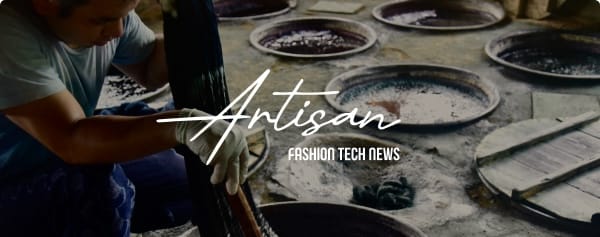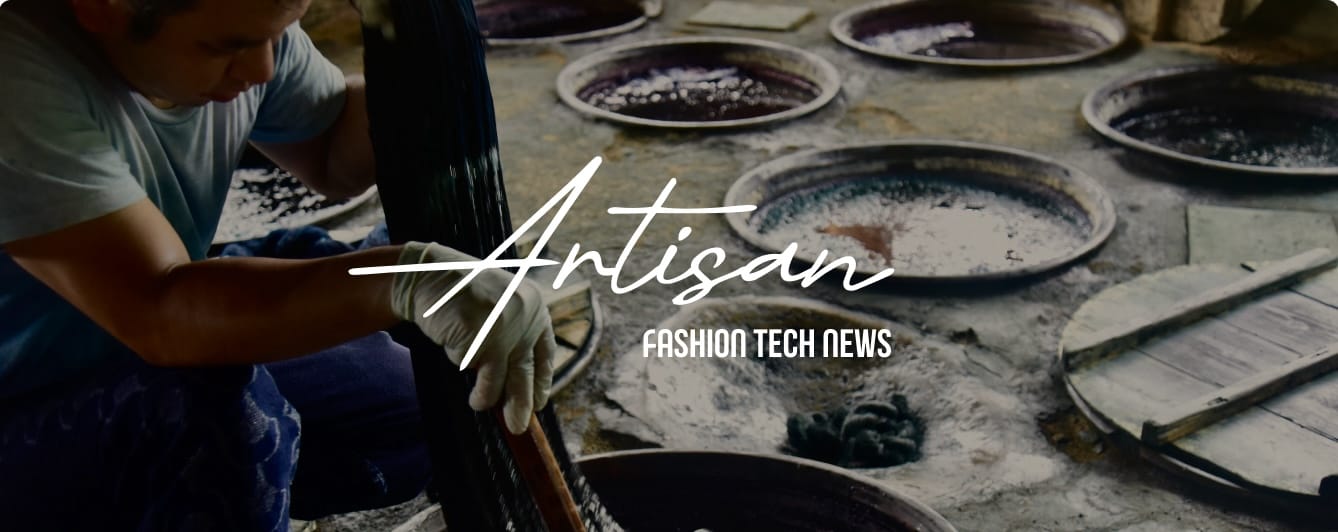12.15MON
"Enriching the Lives of the Makers & Users" – itobanashi Shares the Charm of Indian Embroidery

Traditional Indian craft, Indian Embroidery, has evolved in various regions across India, each with its unique techniques and designs. It is applied to a variety of items, including clothing, decorative items, and furniture.
The fashion brand itobanashi, led by Fumika Date, conveys the charm of Indian embroidery. Date, the CEO, fell in love with Indian embroidery during her college years, and this interest inspired her to start the brand. We delved deeper into the story behind the creation of itobanashi during our interview.
PROFILE
Fumika Date
CEO, Designer
Fumika Date established itobanashi while studying at Hiroshima University's graduate school. Since 2010, she has visited India twice a year, handling the overall design of the clothing.
Indian Embroidery Reflects History, Culture, & People's Lives
First, could you tell us about your encounter with India and Indian embroidery?
In 2011, during my freshman year at university, my visit to India piqued my interest in the social differences between India and Japan, especially women's issues. Subsequently, we organized student-led study tours focusing on poverty and educational disparities.During these tours, I encountered an NGO that provided vocational training for women who had been victims of human trafficking and forced into illegal prostitution.
This article is for members only.
Please register to read the rest of the article.
What you can do with a membership
- Read members-only articles
and use text-to-speech. - Unlimited article favourites
and browsing history. - Attend members-only events.
- Get the latest information
with our email newsletter.
RELATED ARTICLES
CONCEPT VIDEO
"fashion tech news" Unveils New Logo & Concept Video
CONTACT
If you have any questions or enquiries, please enter your details in the form below.

















.png?w=400&fm=webp)


